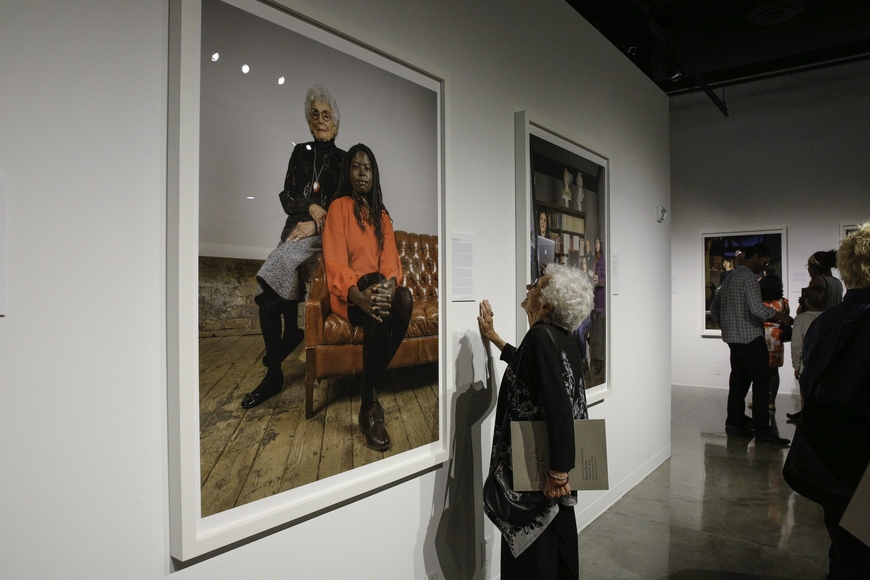On Purpose: Portrait of the Liberal Arts

An exhibition of photographs by Xavier Tavera in celebration CLA's 150th Anniversary
Video of artist talk
Behind the scenes video
Read exhibition reviews in the Star Tribune and MinnPost
Across 150 years the College of Liberal Arts at the University of Minnesota has been transformed, from the methods of its instruction to the evolution of its disciplines. Alongside those changes, touchstones endure: Vital inquiry. Disciplinary and interdisciplinary excellence. An unwavering dedication to changing lives and communities.
The photographs in this collection capture the essence of the liberal arts and examine our purpose. We are students and scholars. Entrepreneurs, philanthropists, and leaders. We unravel the difficult challenges facing modern societies and educate imaginative minds who create tomorrow’s industry-shaping ideas. We train compassionate graduates who lead healthy dialogues.
What will CLA produce in its next 150 years? We can’t begin to imagine. But we know that the democratizing vision of our land-grant legacy will remain the core of who we are. And we know that we will continue to shatter expectations of what a liberal arts education means and what it offers to diverse individuals and communities—in Minnesota and around the world.
Departments and programs partnered with Tavera to envision their images and to write the narratives that accompany each photograph. Use the index below to view the images and narratives from the exhibition. Together they form a collective portrait of the liberal arts.
A
African American & African Studies
Alumni: Emerging Alumni Awardees
Applied and Translational Sensory Science, Center for
B
Beverly and Richard Fink Liberal Arts Faculty Innovation Fund
C
Classical & Near Eastern Studies
Cultural Studies & Comparative Literature
D
Dean’s Freshman Research & Creative Scholars
E
Environmental Humanities Initiative
F
G
Gender, Women & Sexuality Studies
Geography, Environment & Society
German, Nordic, Slavic & Dutch
H
Heller-Hurwicz Economics Institute
Heritage Studies & Public History, Master’s Program in
I
J
Journalism & Mass Communication, Hubbard School of
K
L
M
Martin Luther King Jr. Program, Rev. Dr.
N
O
P
Premodern World, Consortium for the Study of the
Q
R
Race, Indigeneity, Gender & Sexuality Studies Initiative
Research Innovation (CLA Labs + LATIS)
S
Speech-Language-Hearing Sciences
T
Tavera, Xavier
U
University Governance: Regents & Provost